Gallery of Fantastic Fossils
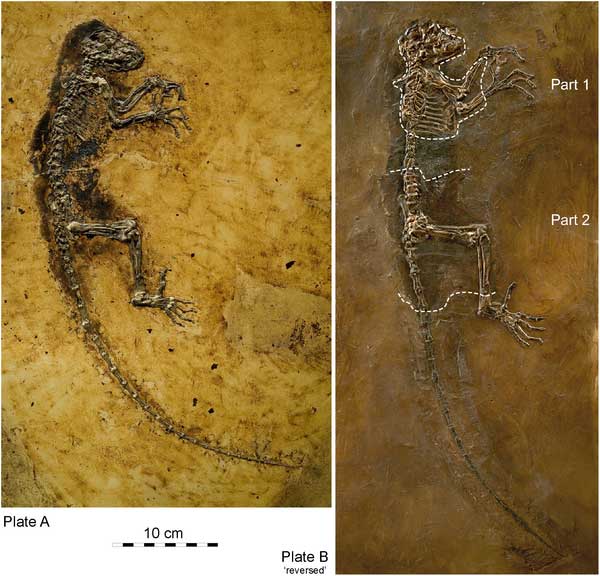
Gallery of Fantastic Fossils
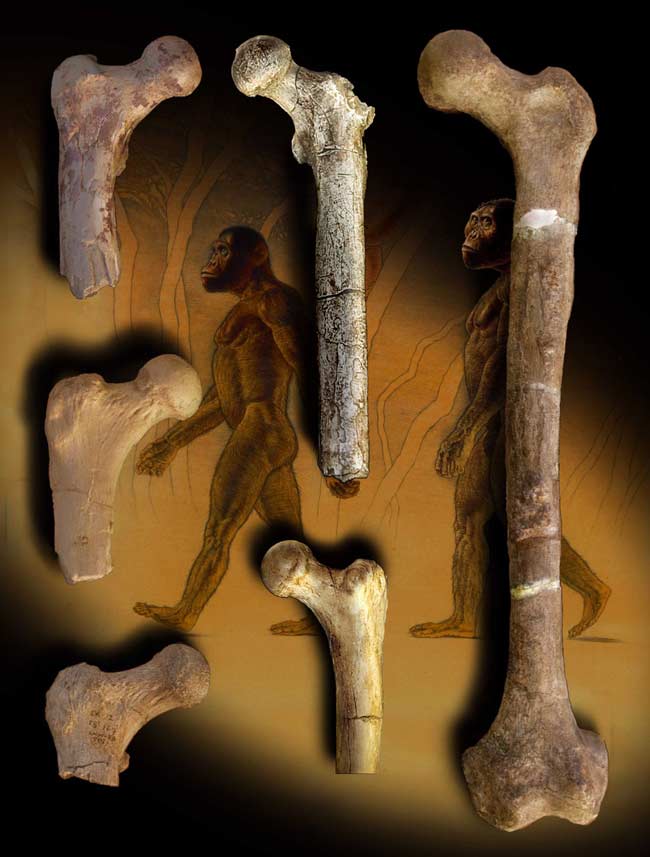
A 6 million-year- old thighbone, or femur (center), represents an upright walker of one of the earliest human ancestors (Orrorin), and resembles 2-3 million year old thighbones of australopiths (left, bottom). Thighbones of Homo (right) mark a transition toward a more modern gait about 2 million years ago.
Gallery of Fantastic Fossils
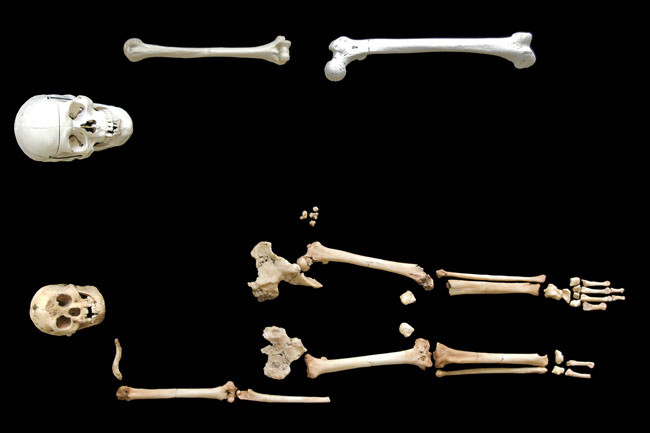
A Homo floresiensis skeleton cast was displayed April 21 at Stony Brook University, next to modern human skull and bones for comparison.
Gallery of Fantastic Fossils
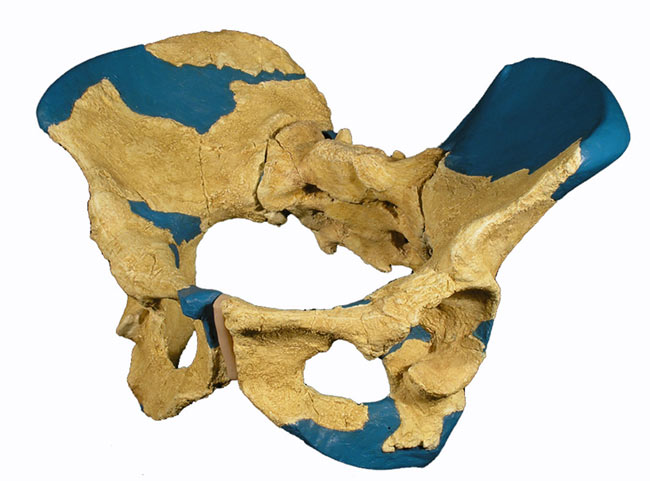
A reconstruction of the 1.2 million-year-old pelvis discovered in 2001 in the Gona Study Area at Afar, Ethiopia, that has led researchers to speculate early man was better equipped than first thought to produce larger-brained babies. The actual fossils remain in Ethiopia.
Gallery of Fantastic Fossils
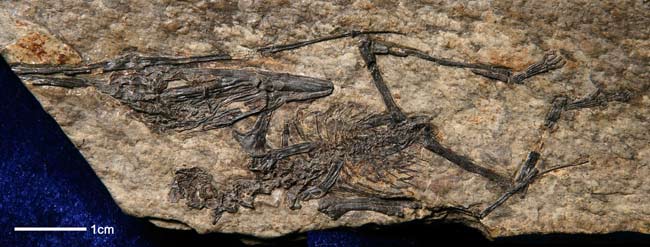
Scientists discovered a fossil showing a nearly complete skeleton of Nemicolopterus crypticus, a flying reptile that lived around 120 million years ago.
Gallery of Fantastic Fossils

Reconstruction of large iniopterygian Sibyrhynchus denisoni. Paleontologists uncovered a 300-million-year-old fossilized brain from one of these specimens.
Gallery of Fantastic Fossils

A photograph of the Dunkleosteus terrelli fossil skull. This ancient fish had a bite that exerted 11,000 pounds of force, the strongest bite of any fish ever. The bladed dentition focused the bite force into a small area, the fang tip, at an incredible force of 80,000 pounds per square inch.
Gallery of Fantastic Fossils
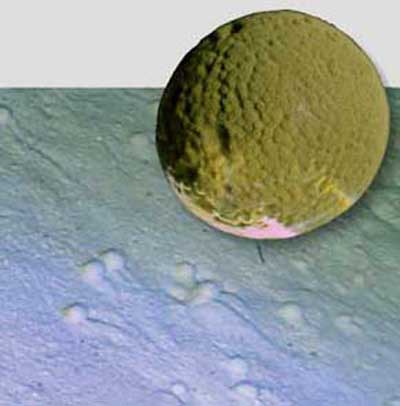
Above: a close-up view of Gromia sphaerica, about the size of a grape. Below: G. sphaerica making tracks on the seafloor. The modern tracks resemble ancient fossilized tracks seen elsewhere. Scientists had thought the fossilized tracks were made by multicellular creatures, perhaps worms. Now they re wondering if G. sphaerica long ago made the fossilized tracks.
Get the world’s most fascinating discoveries delivered straight to your inbox.
Hungry Mosasaur

The mosasaur was a fearsome marine reptile that stalked the Cretaceous seas. This fossil, found in Angola and reported at the annual meeting of the Geological Society of America in 2013, is of a mosasaur with three other mosasaurs in its gut. The big mosasaur likely scavenged the corpses of smaller mosasaurs brought to the region by trade winds.
 Live Science Plus
Live Science Plus






